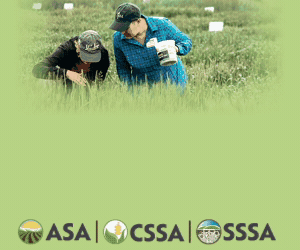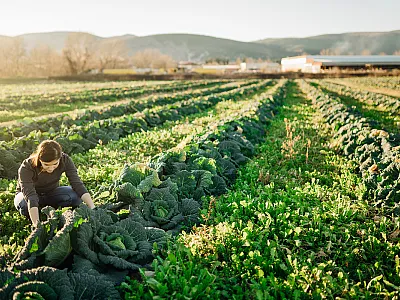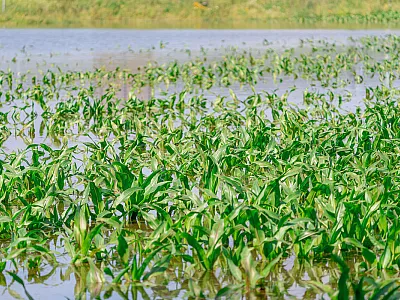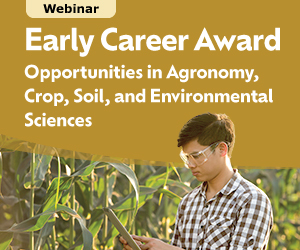Intergenerational connections to enrich family life, communities, and farmland
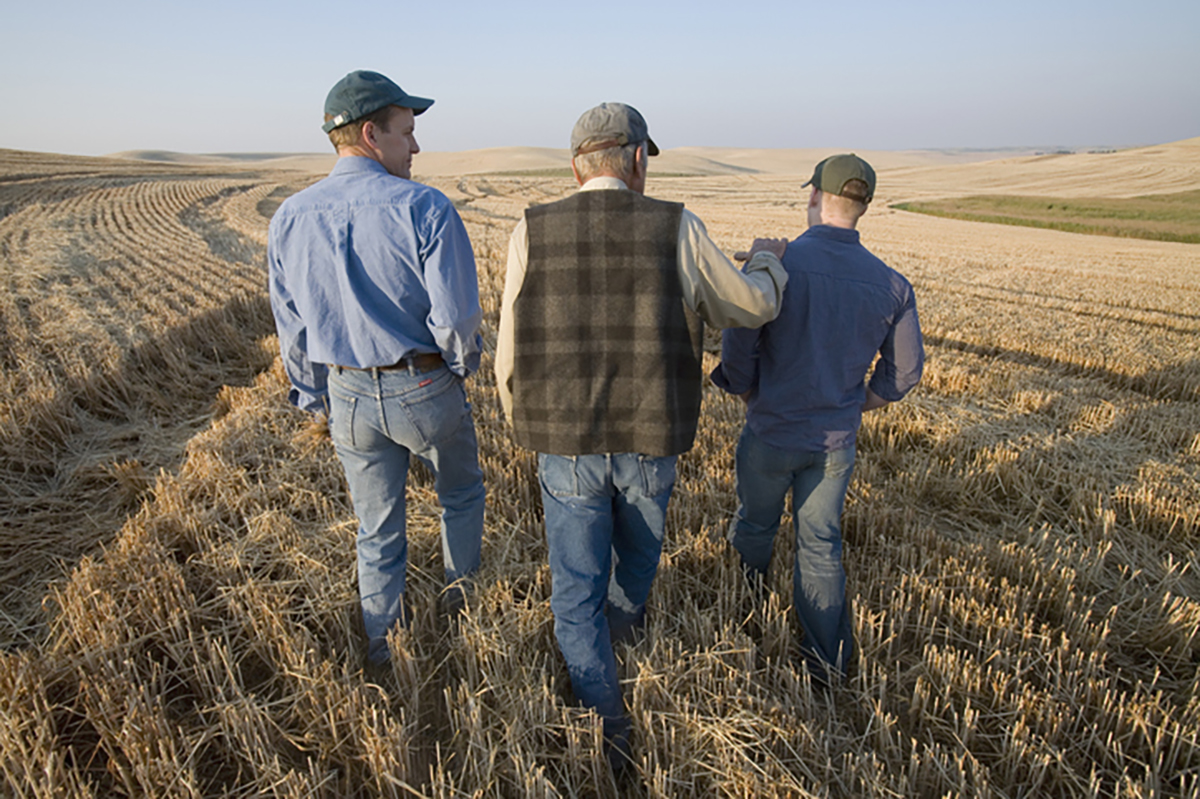
What transforms a space into a place of meaning and connection? Increasingly, the answer lies in the relationships that span across generations. In agriculture, where ties between people and land run deep, these connections enrich family life, strengthen community, and support long-term farmland stewardship.
What transforms a space into a place of meaning and connection? Increasingly, the answer lies in the relationships that span across generations. In agriculture, where ties between people and land run deep, these connections enrich family life, strengthen community, and support long-term farmland stewardship.
This article draws from insights shared during a recent webinar on intergenerational strategies in agriculture from the American Society of Agronomy (ASA), Crop Science Society of America (CSSA), and Soil Science Society of America (SSSA). It also draws on curricular materials from the Penn State Intergenerational Program [1] and related literature that explore how relationships across generations contribute to rural vitality and sustainability.
What does “intergenerational” really mean?
The term “intergenerational” is often used interchangeably with “multi-generational,” but the distinction matters. A multi-generational space brings people of different generations into proximity—a family reunion, for example—but that doesn’t guarantee meaningful interaction. An intergenerational approach, by contrast, is about creating opportunities for authentic engagement, dialogue, and reciprocal learning across generations.
In agricultural contexts, intergenerational strategies help link past experiences with present realities and future aspirations. They connect people of different ages while also bridging ideas, skills, values, and visions that evolve over time.
Where farm and family intersect
Farms are more than production units. They are homes, histories, and places of deep personal and family identity. Many farm families view the land as a gathering place and hold a strong sense of responsibility to those who came before and those who will follow. Decisions around stewardship, daily operations, and succession often reflect this dual concern for maintaining relationships as well as sustaining the land.
In a study conducted with colleagues (Kaplan et al., 2009), we explored how members of farm families communicate—and at times struggle to communicate—about the emotionally charged topic of farm succession. While technical and financial concerns shaped these conversations, what stood out was the emotional and relational weight of the issue. Some families declined participation in the study altogether, finding the topic too personal or unresolved. As one woman responded to our invitation: "Blood, sweat, tears, and prayers. That is how things are done."
Our findings, consistent with other research, revealed that while many families understood the importance of succession planning, few felt adequately prepared. Challenges were often described in terms of family dynamics and communication difficulties, just as often as they were framed around economic or operational factors.
This suggests that while the technical aspects of succession—such as legal structures or timelines for ownership transfer—can be addressed with expert assistance, the deeper challenge lies in starting and sustaining open conversations about the future of the farm and family. Meaningful dialogue requires participation from all relevant voices, clear communication, and a commitment to ongoing discussion.
Long-term farmland health depends not only on conservation practices, but also on generational transitions of ownership, knowledge, and care. Intergenerational strategies can help cultivate next-generation commitment through mentoring programs, collaborative land-use planning, and shared leadership structures that emphasize equity and inclusivity.
Building community
Intergenerational placemaking involves co-designing community spaces that welcome and engage people of all ages. It’s goes beyond amenities to focus on fostering relationships, teamwork, and shared accomplishment.
There are many examples of shared-use facilities that function as intergenerational sites. These include schools that share space with senior centers, retirement communities with on-site childcare, and parks or trails designed to engage youth and older adults together. When developed thoughtfully, these spaces can evolve into “intergenerational contact zones”—places designed not just for co-location, but for interaction and mutual purpose.
Curious about how emerging technologies might assist in visualizing these settings, I asked ChatGPT to generate images of a high school agricultural program functioning as an intergenerational shared site. I provided prompts that emphasized co-learning, civic engagement, and collaborative inquiry focused on supporting local agriculture. The image outputs—two of which are shown below—depict dynamic, inclusive educational spaces grounded in community values.
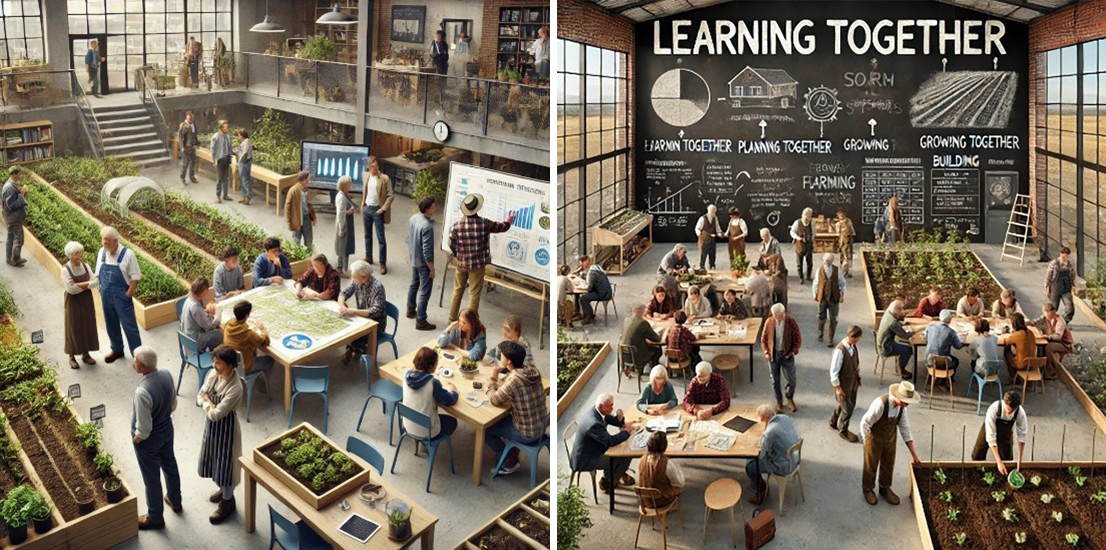
Readers are invited to imagine how similar real-world spaces—whether schools, gardens, or civic centers—might function in enriching education, community life, and farmland sustainability.
Agricultural work is deeply embedded in cultural traditions. Intergenerational engagement provides a vital channel through which these traditions—rituals, techniques, and values—can be preserved and adapted. Through youth–elder cultural arts projects, family storytelling events, and traditional craft-making, communities can use intergenerational connections to cultivate cultural continuity.
There are illustrative international examples of this dynamic. In Japan, rural villages face steep challenges due to rapid urbanization, an aging population, and ongoing rural depopulation. Yet some communities are responding by launching local co-ops, organizing seasonal festivals, and developing small business models to sustain agricultural heritage while inviting youth involvement.
Through youth–elder cultural arts projects, family storytelling events, and traditional craft-making, communities can use intergenerational connections to cultivate cultural continuity.
One such example comes from a village in Ishikawa Prefecture where residents host an annual “Yama-Warai” or “Mountain Laughter” festival. The festival includes workshops in traditional straw crafts, now remembered and practiced primarily by elders over the age of 80. During the winter, older residents teach children how to make waraji sandals and braided ropes using wara, or rice straw. These hands-on exchanges keep time-honored skills alive while building intergenerational trust and mutual appreciation.
In Spain, a moving example emerged in the town of Jarandilla de la Vera. There, high school students and residents of a local senior living facility came together to plant a remembrance tree behind the building. The project honored residents who had passed away during the COVID-19 pandemic when intergenerational visits and joint activities had been suspended. These trees now serve as living symbols of both loss and enduring connection.

Another example of how trees—and other natural landmarks—can symbolize intergenerational bonds comes from Jamie Nix, ASA, CSSA, and SSSA Membership Strategist (see box). A single tree planted decades ago in a family cemetery now stands as a powerful emblem of memory and continuity.
Moving forward: placing intergenerational thinking at the center
Intergenerational approaches in agriculture are not just theoretical. They are expressed in everyday actions—mentoring, collaborative planning, and kitchen table conversations—that sustain both land and relationships.
Professionals in agronomy, crop science, and soil stewardship, along with educators, planners, and community developers, are well positioned to promote and elevate these efforts. By supporting age-spanning partnerships and recognizing the importance of generational continuity, we can help shape more connected, sustainable, and vibrant rural communities.
A family's living legacy
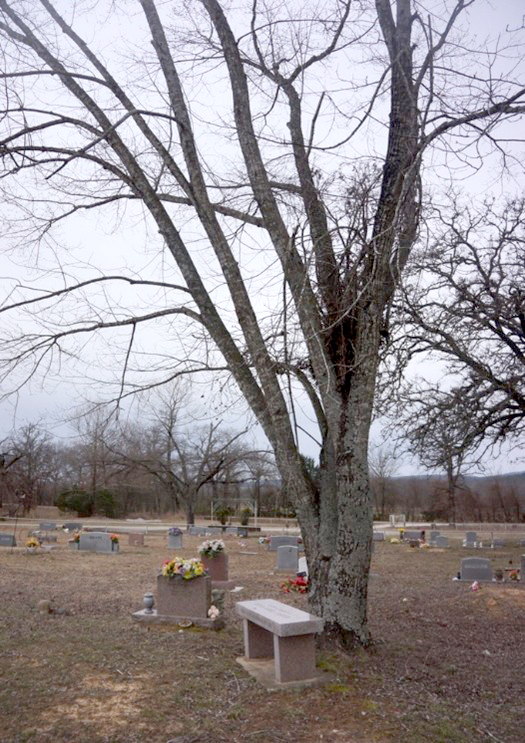
At the family cemetery in Chester, NY, a large tree stands sentinel—a marker of continuity and care. “My great-grandmother planted the tree for my grandmother, Sylvia,” writes Jamie Nix, ASA, CSSA, and SSSA Membership Strategist. “Now she is buried just in front of it, beside her mother.” The site holds deep meaning. Jamie’s great uncle built the cemetery’s iron gate; her grandmother tended flowers and shrubs. “We always joke in the family chat about reserving our shady spot beneath the tree.” Although the farm has left the family’s hands, the hope of reclaiming it remains strong. “It means so much to my mom and aunt.”
For more information about intergenerational program models and curricula materials developed through Penn State University, see the appendix below. Certified professionals can earn 1 CEU (Professional Development for CCA/CPAg; Professional Meetings for CPSS/CPSC) by watching the full webinar presentation, “Intergenerational Connections to Enrich Family Life, Communities, and Farmland.”
[1] The Penn State Intergenerational Program is rooted in Penn State Extension but inclusive of a broader base of scholars and practitioners interested in studying and employing intergenerational approaches in diverse settings. The emphasis is on developing new models, training programs, and publicly accessible curricular resources for enriching people's lives and helping to address vital social and community issues.
References
Kaplan, M., Nussbaum, J., Becker, J., Fowler, C., & Pitts, M. (2009). Communication barriers to family farm succession planning. Journal of Extension, 47(5). https://open.clemson.edu/joe/vol47/iss5/8/
Appendix: Partial list of intergenerational resources from Penn State University
Farm Families—Communication and succession planning: Guidance on estate planning and family conversations.
Nutrition Education: FRIDGE (Food-Related Intergenerational Discussion Group Experiences) is an intergenerational program designed to help families communicate better, learn more about food and nutrition, and work as partners to achieve their healthy eating goals.
Community/Civic Engagement: Activities and curricula designed to engage youth and older adults in constructive dialogue about community issues and work together on community improvement endeavors.
Environmental Education: Promising strategies for bringing children, youth, and older adults together as partners to explore, study, and work to preserve the natural environment.
Intergenerational Leadership Institute: Certificate-training program for older adults (55+) seeking new lifelong learning experiences, skills, and volunteer opportunities to contribute to innovation and change in their communities.
Intergenerational Contact Zones—A Compendium of Applications: A collection of short papers highlighting concepts, strategies, and real-world examples for designing responsive intergenerational spaces.
Other Curricular Resources: Select intergenerational activities for educators, community organizers, volunteers, and stakeholder groups.
Intergenerational Activities Sourcebook [Kaplan & Hanhardt]: 50+ intergenerational activities.
Intergenerational Friends Fair: A strategy for deepening a community’s IG footprint [Kaplan, Pacchioli, & Long]. This facilitator’s guide is part of a multi-media curriculum publication that includes video footage.
Proverbs to Promote Understanding Across Generations and Cultures [Kaplan, Mincemoyer, & Ingram]: Short program building awareness of age- and culture-related stereotypes. Activity modules draw upon proverbs from around the world.
Text © . The authors. CC BY-NC-ND 4.0. Except where otherwise noted, images are subject to copyright. Any reuse without express permission from the copyright owner is prohibited.



